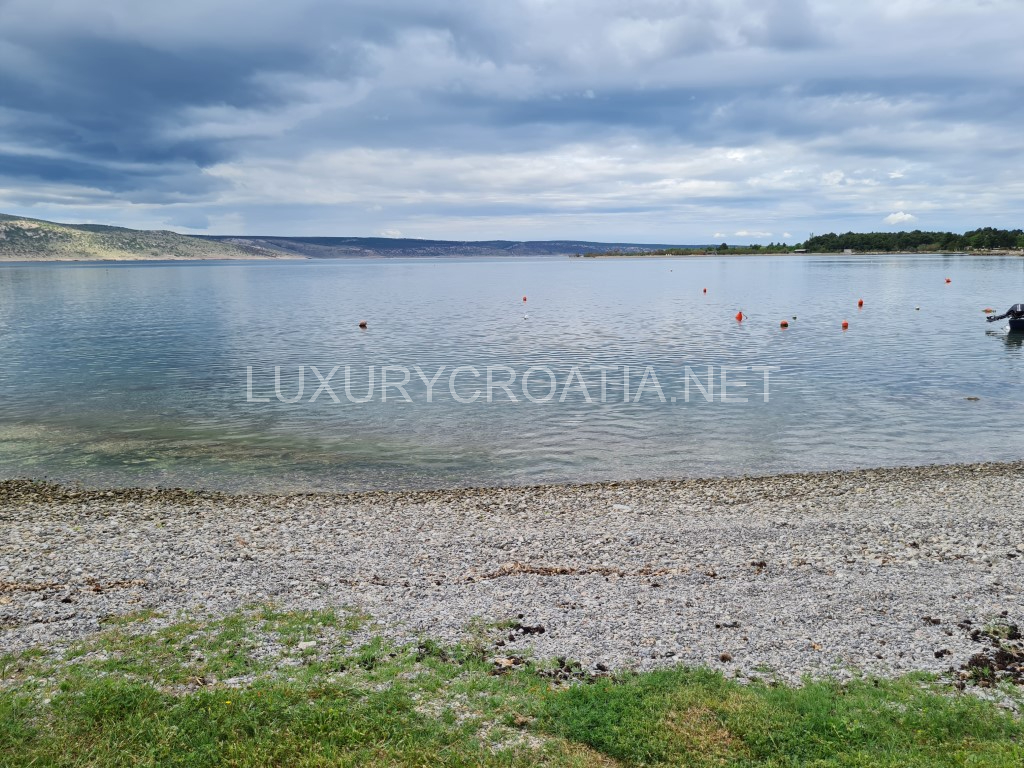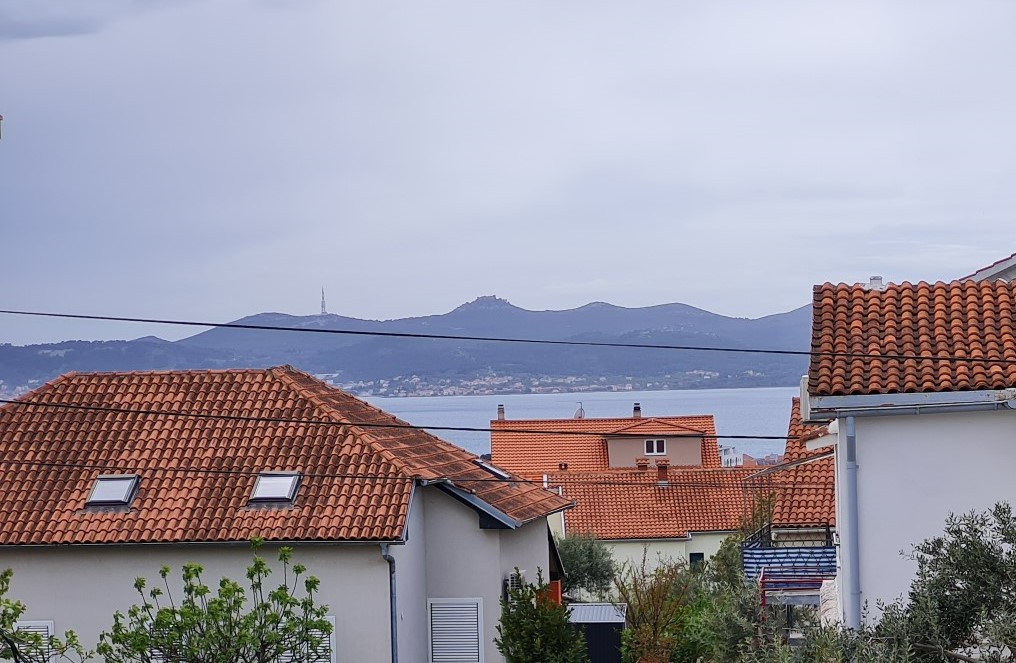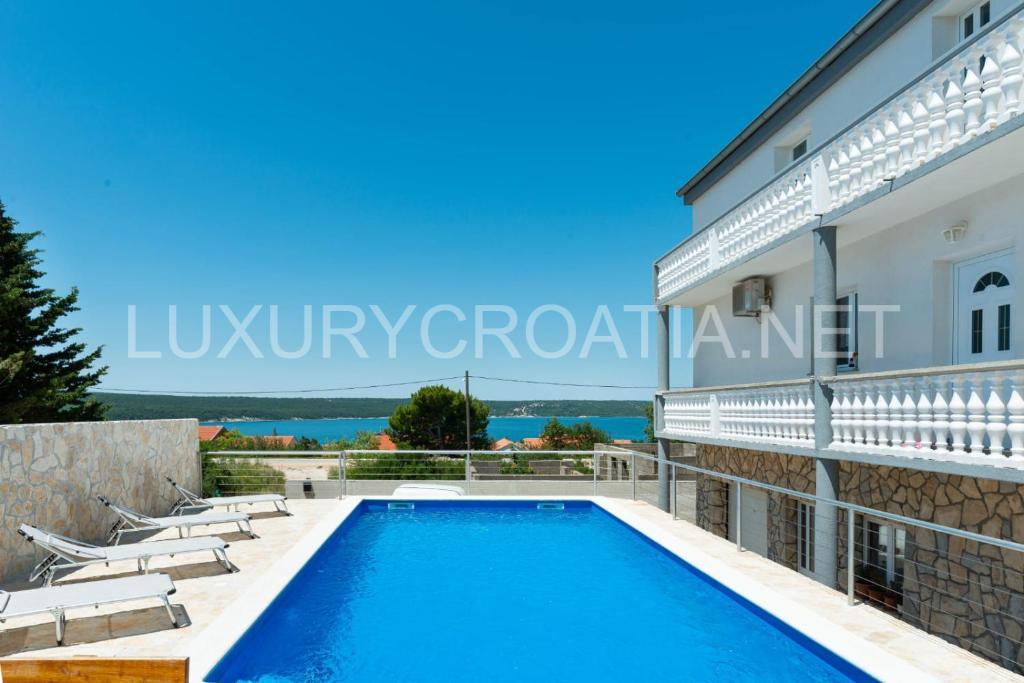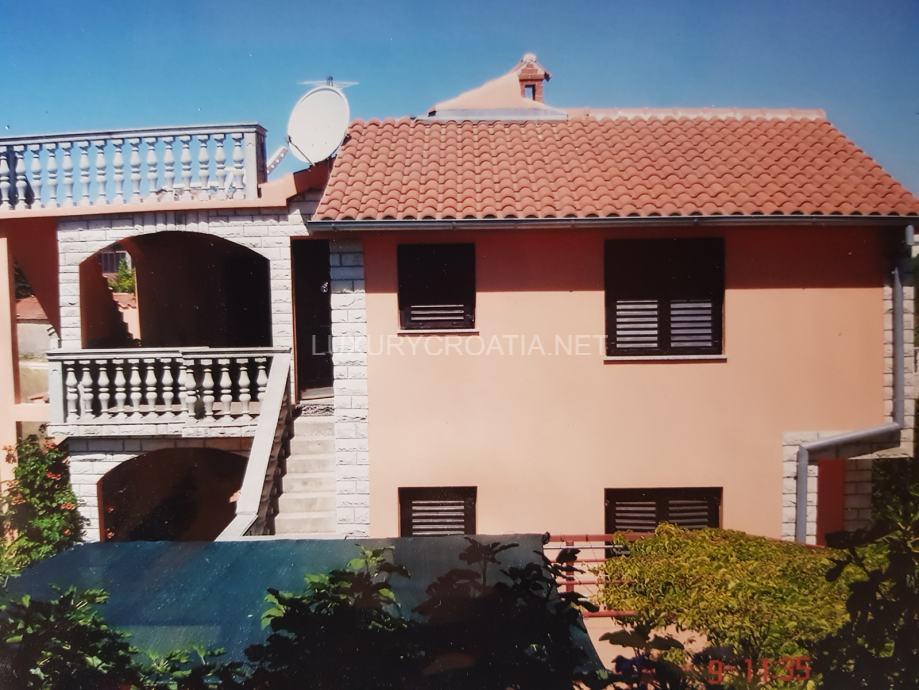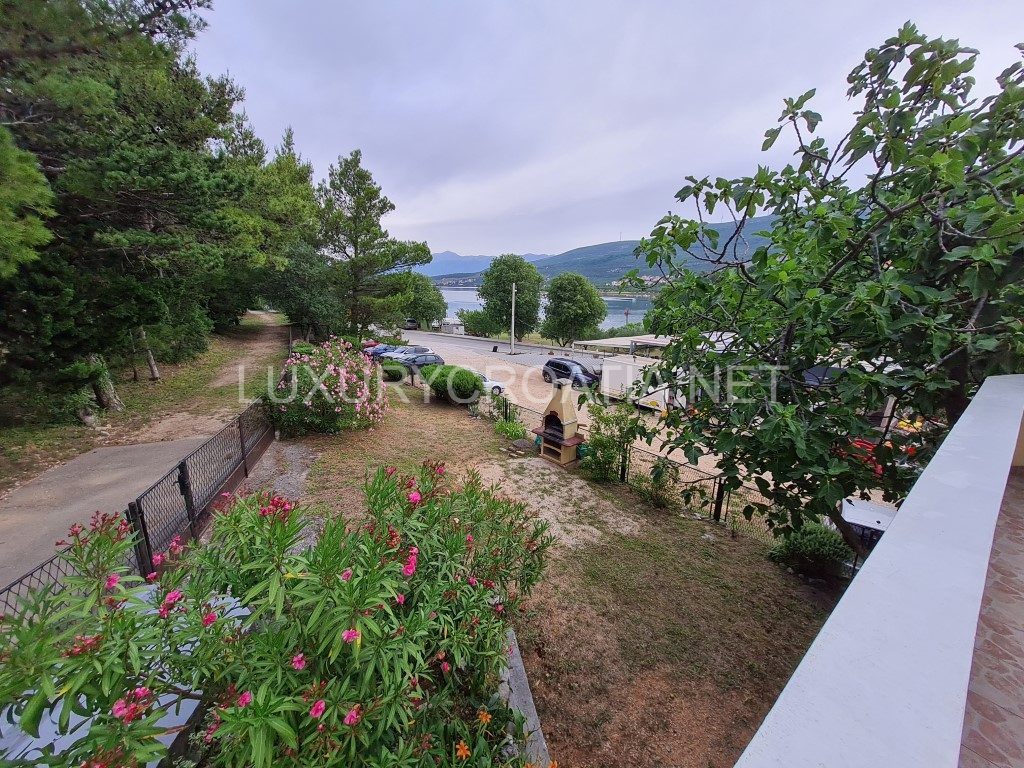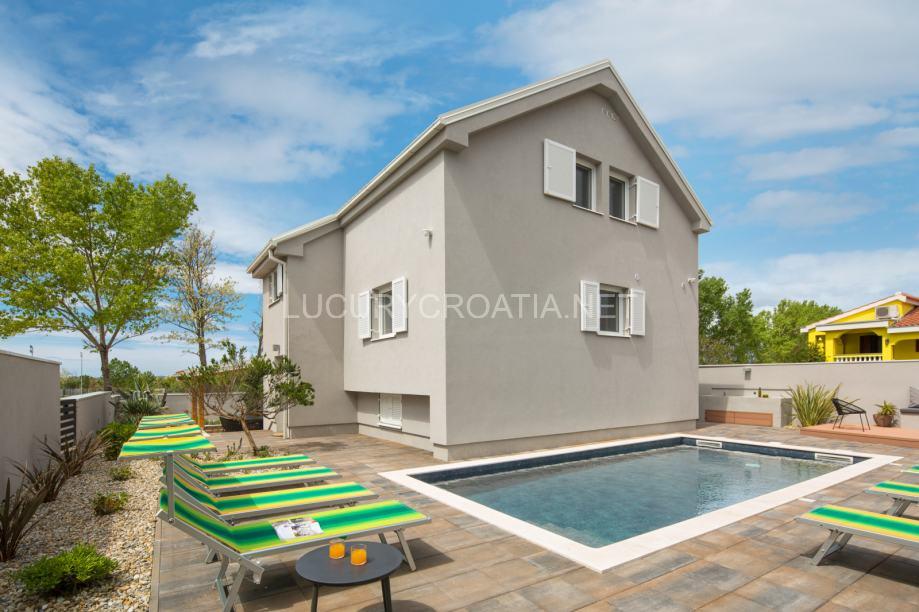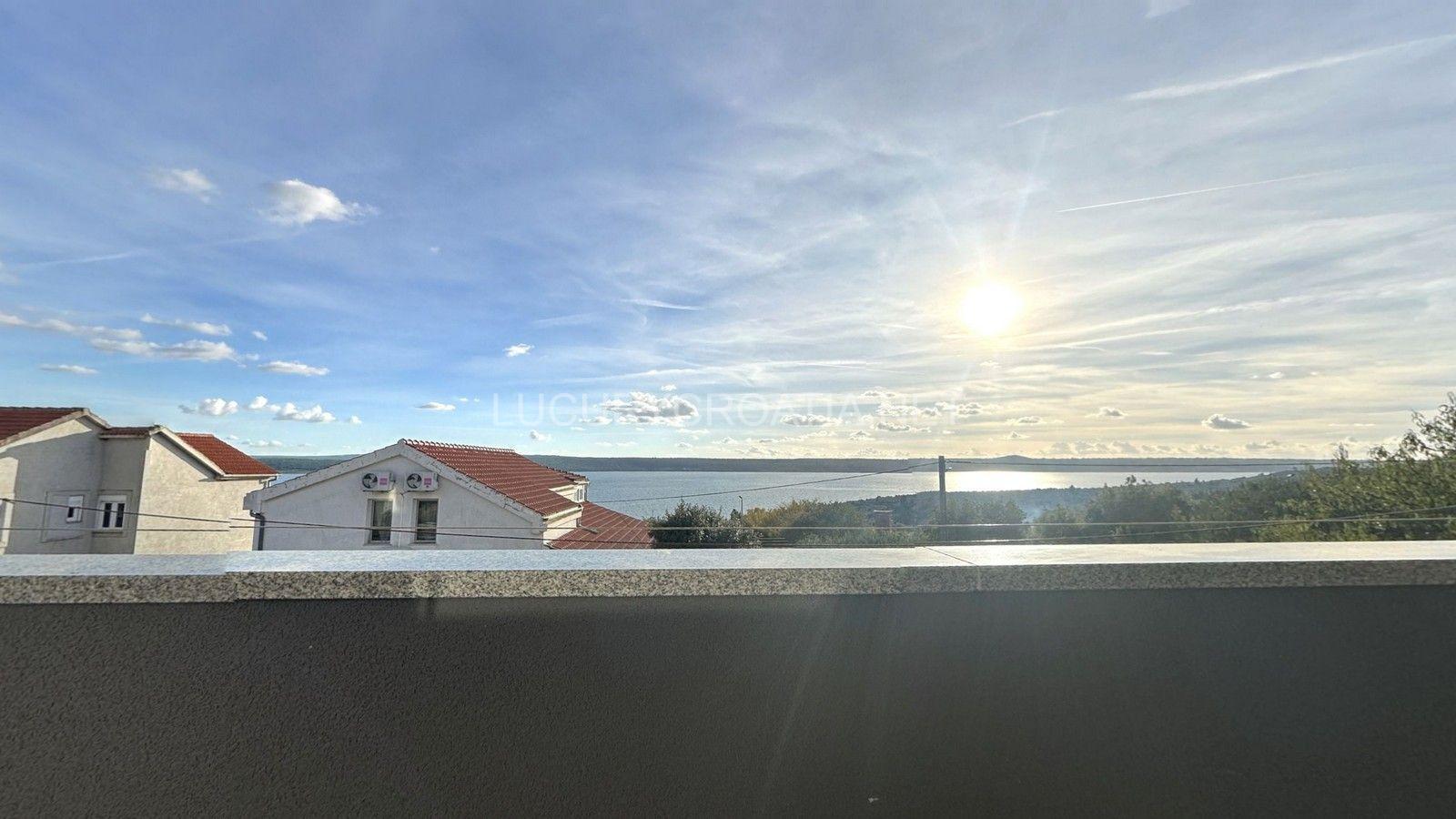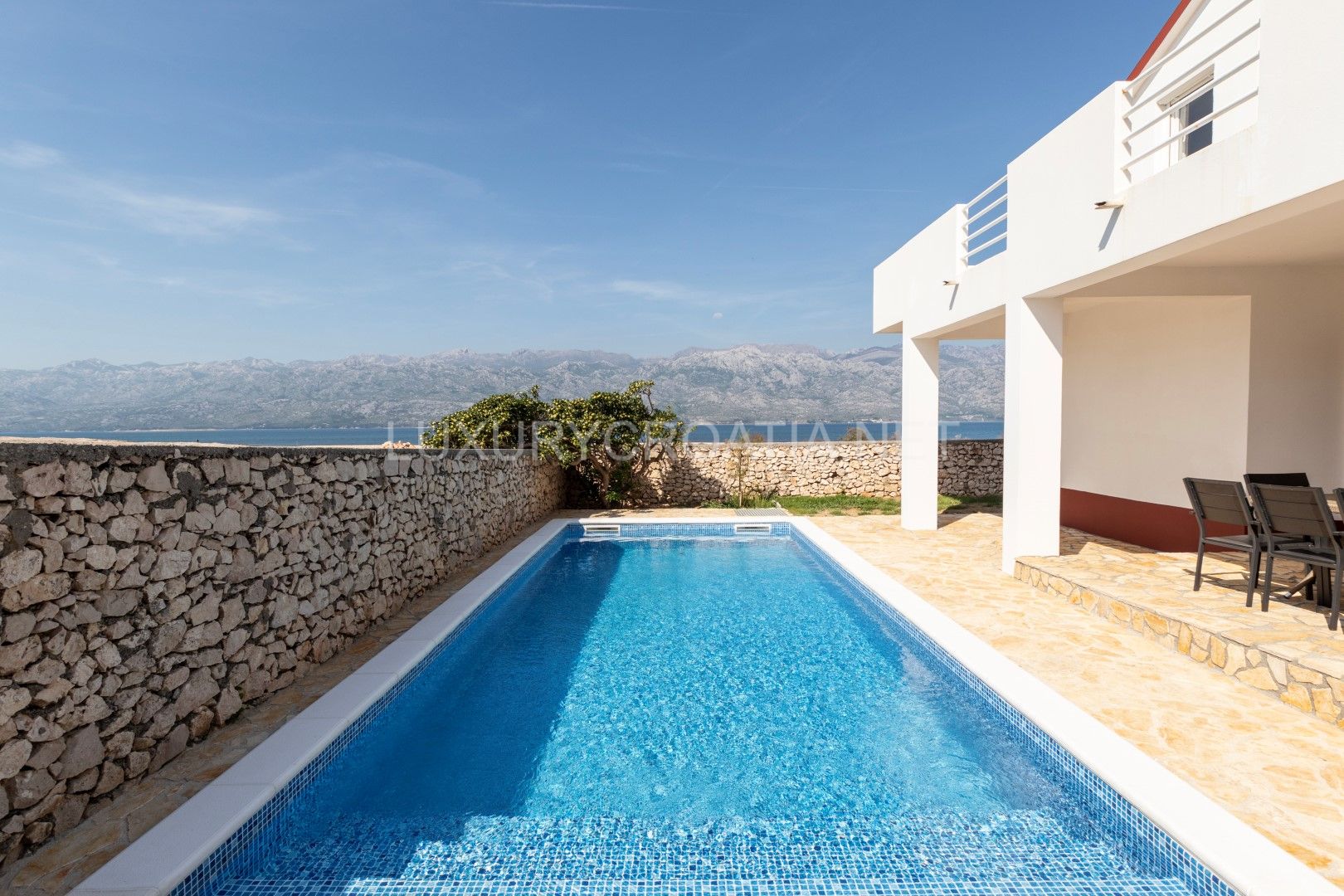OLD STONE HOUSE (RUIN), island of Olib – SOLD
-
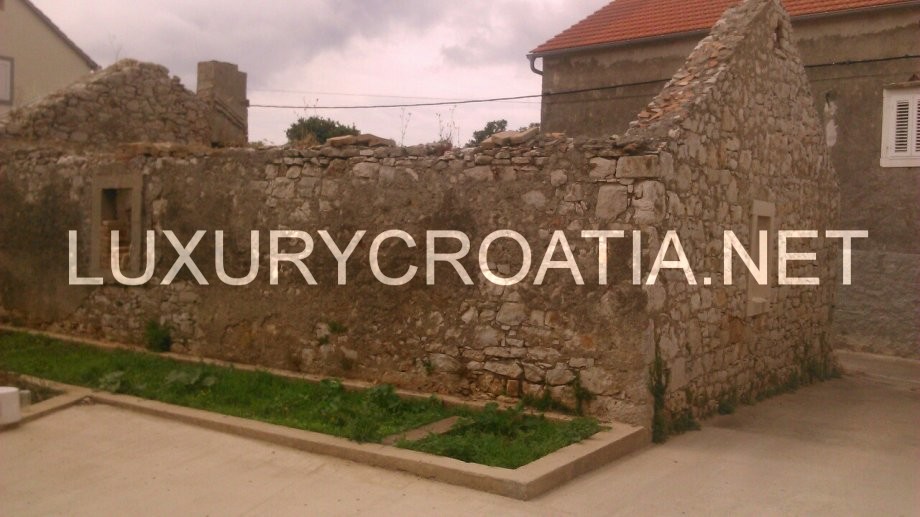 click on image to enlarge OLD STONE HOUSE (RUIN), island of Olib (3)
click on image to enlarge OLD STONE HOUSE (RUIN), island of Olib (3)
-
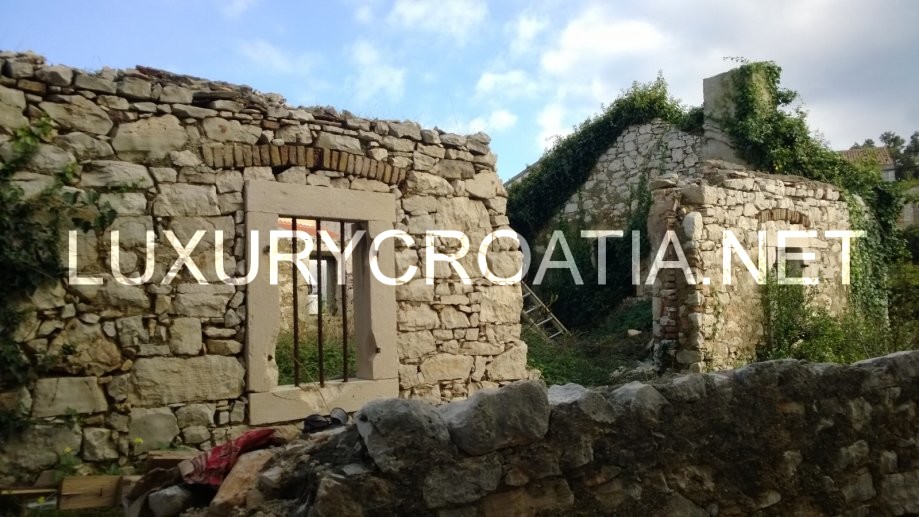 click on image to enlarge OLD STONE HOUSE (RUIN), island of Olib (4)
click on image to enlarge OLD STONE HOUSE (RUIN), island of Olib (4)
-
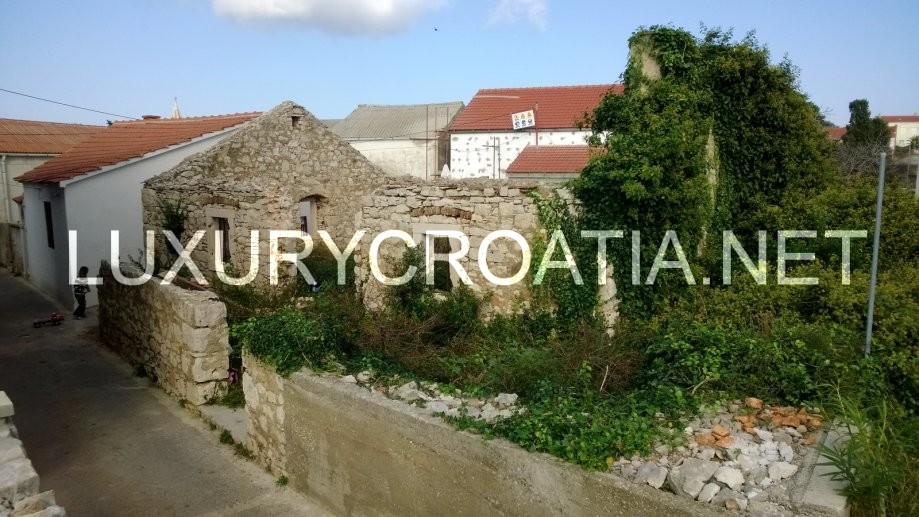 click on image to enlarge OLD STONE HOUSE (RUIN), island of Olib (5)
click on image to enlarge OLD STONE HOUSE (RUIN), island of Olib (5)
-
 click on image to enlarge OLD STONE HOUSE (RUIN), island of Olib (6)
click on image to enlarge OLD STONE HOUSE (RUIN), island of Olib (6)
-
 click on image to enlarge OLD STONE HOUSE (RUIN), island of Olib (7)
click on image to enlarge OLD STONE HOUSE (RUIN), island of Olib (7)
-
 click on image to enlarge OLD STONE HOUSE (RUIN), island of Olib (8)
click on image to enlarge OLD STONE HOUSE (RUIN), island of Olib (8)
-
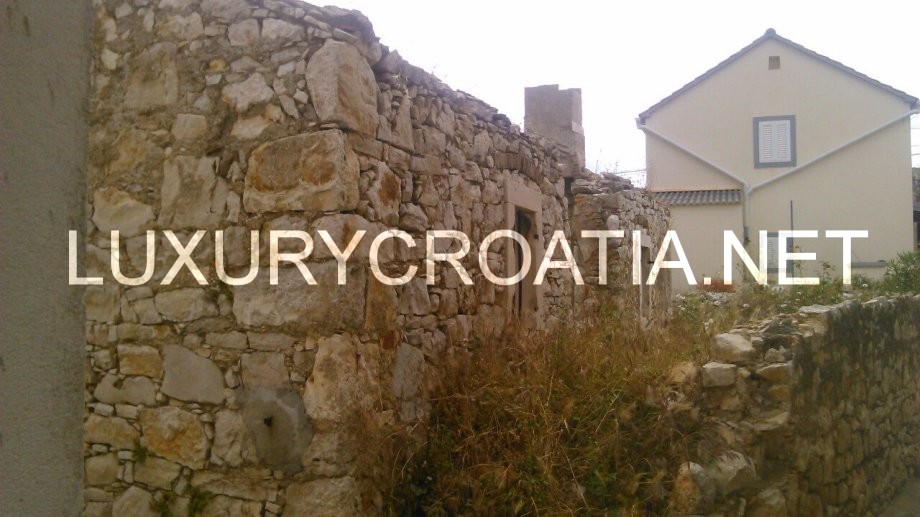 click on image to enlarge OLD STONE HOUSE (RUIN), island of Olib (1)
click on image to enlarge OLD STONE HOUSE (RUIN), island of Olib (1)
-
 click on image to enlarge OLD STONE HOUSE (RUIN), island of Olib (2)
click on image to enlarge OLD STONE HOUSE (RUIN), island of Olib (2)
Property Details:
- Categories: House, SOLD
- Square meters: 70
- Features: 3% Agency Commission
About this Property:
OLD STONE HOUSE (RUIN), island of Olib
(H-R-OLO)
SOLD!
Old stone house (ruin), island of Olib ruins of 70 m2 (7X10m2) on the island of Olib – oasis of peace, with a small garden surrounded by a stone wall, all on a plot of 117 m2, 500 m away from the sea.
Complete renovation needed. Slight elevation provides additional low attic space. The house can be divided in two units, each with separate entrances.

Island of Olib (26,14 km2) belongs to the north Dalmatian group of islands, Zadar group precisely.
Olib is significantly different in summer than most of the islands. Instead of a large number of visitors and mass tourism, Olib is peaceful and relaxing even at the highest summer season.
The island is connected to the mainland (Zadar) with daily ferry or catamaran lines.
Olib is mostly visited by sailors because of its bays and sandy beaches. There is one of the most beautiful sandy beaches on the Croatian coast – Slatinica bay.
Olib is an island in Zadar archipelago, located just a bit eastern of Silba Island. The island itself is a very low and flat, with highest peaks Kalac – only 72 meters and Poljina, 34 m hight .
The largest bay is Olib located on the western part of the Island, and the only village on the island that dates back to Roman times. Historically, the island was inhabited by Romans, and it is firstly mentioned in documents from the 10th century as Aloep Island. In the cove of Banve there are remnants of a settlement dating from Roman times.
Zadar is a beautiful, 3000 years old centre of North Dalmatia, resting on the coast of the Adriatic sea that will give you an opportunity to testify its vivid history and enjoy the contemporary aspects of its culture today. Zadar evolved a lot through the years, transforming itself from a prehistoric settlement to an Illyrian village to a Roman municipality and surviving other transformations until it was finally liberated and reunited with the rest of Croatia in 1993. As the Croatian National Tourist Board says, the region of Zadar tells the story of the sources of Croatian cultural heritage better than any book.
If you want to know more about Zadar, click here: Zadar

